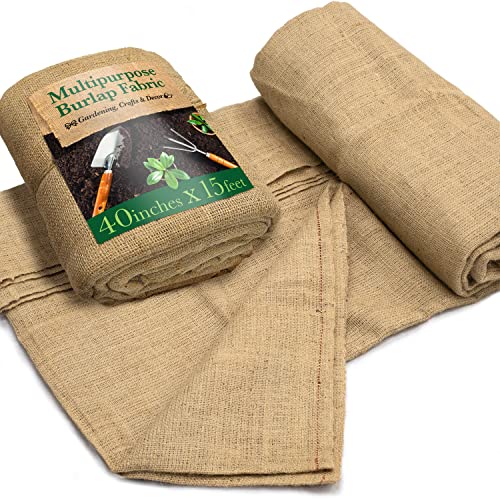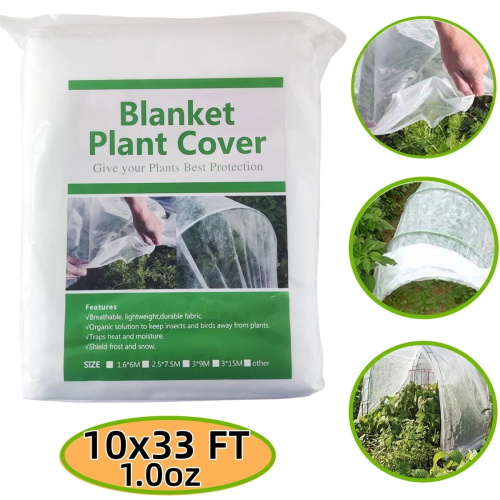How to winterize hydrangeas – 3 essential actions gardening experts say will get these flowering shrubs through winter
As the weather gets colder we need to protect hydrangeas from the elements to encourage returning blooms
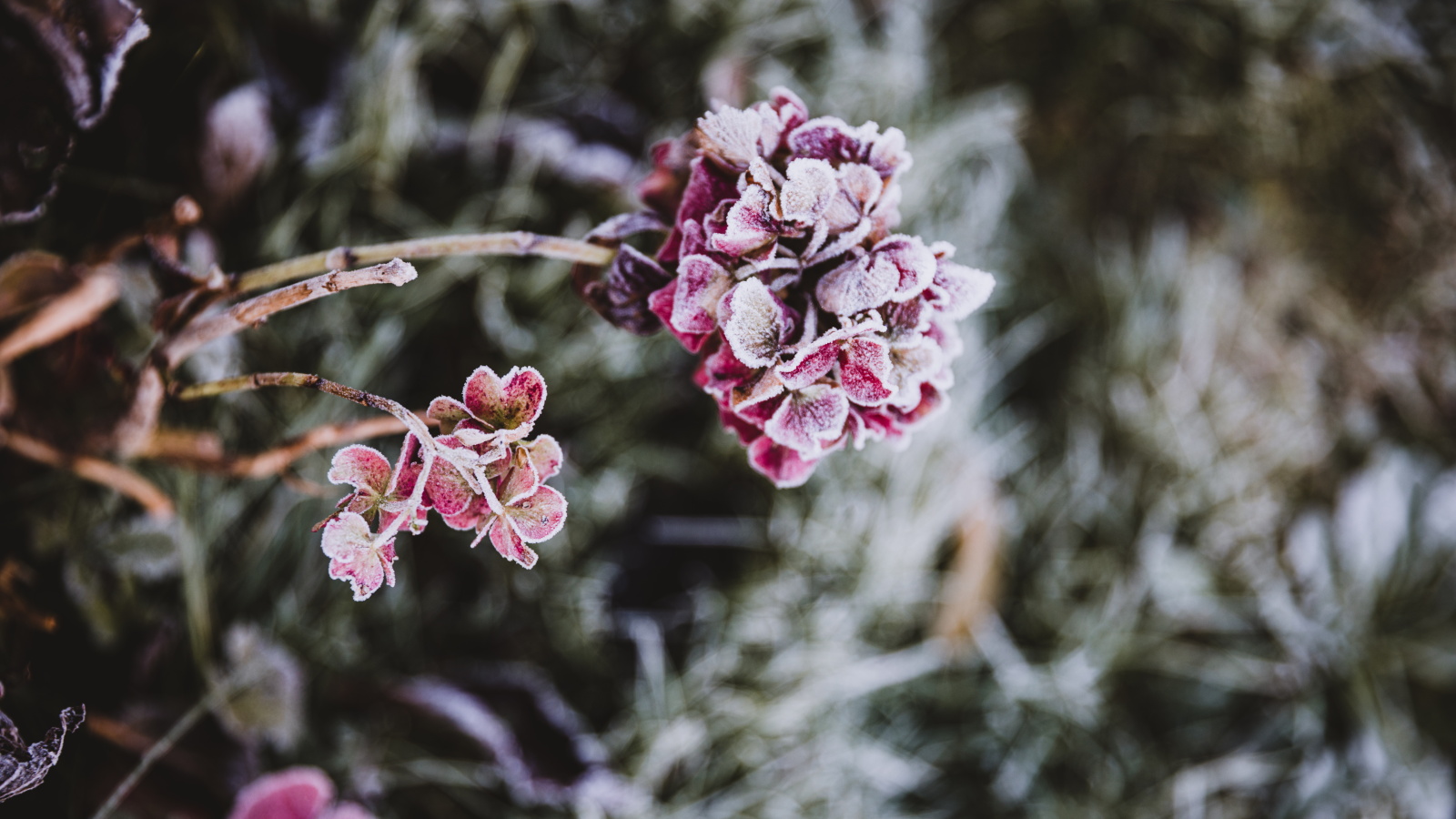

Tenielle Jordison
Learning to winterize hydrangeas is important if you want to protect your prized shrubs from the elements and enjoy their glorious blooms year after year.
With their colorful and showy flowers, growing hydrangeas brings an impactful display to beds, borders, and containers alike. And while they can tolerate colder temperatures, hydrangeas can suffer from damage from frost, which is why it's best to get ahead to protect these delicate flowering shrubs.
Whether you're new to overwintering a garden or haven't yet grown hydrangeas through the harsher seasons, we've got you covered. Here, gardening experts share everything you need to know to successfully winterize hydrangeas.
Do all hydrangeas need winterizing?
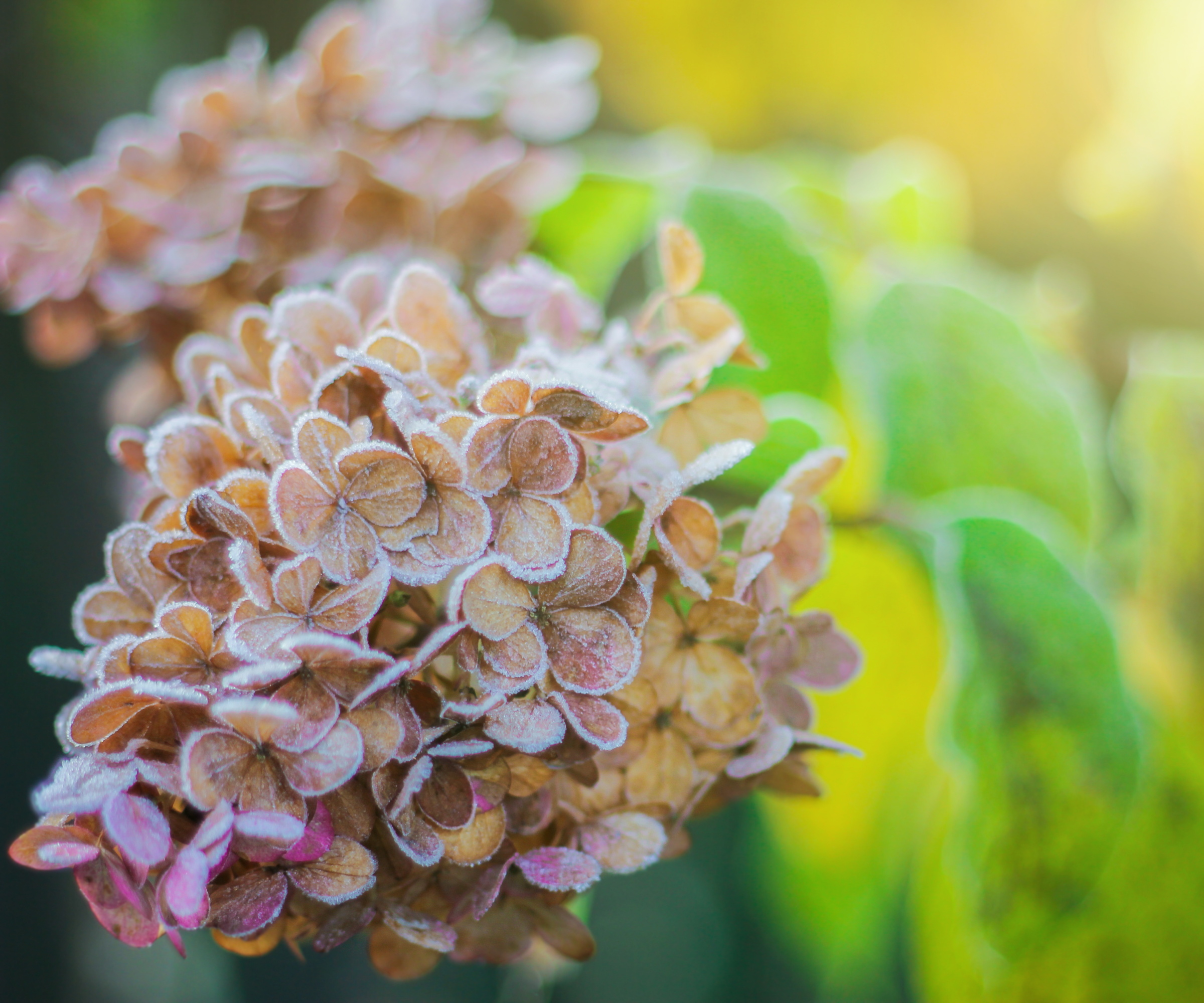
Whether you need to winterize your hydrangeas depends on how cold the weather can get where you live.
'Hydrangeas that are exposed to winter temperatures of no less than 5-10ºF do not need winter protection,' explains Chris Link, co-owner of Plant Addicts.
If, however, you live in a zone where winter temperatures typically dip below this level for prolonged periods, and you are growing hydrangeas, then an element of protecting these plants from frost may be required.
'Hydrangeas that bloom on old wood should be protected in colder climates – US hardiness zone 6 and below, ' Chris adds. This includes Hydrangea Macophylla – mopheads and lacecaps.
Design expertise in your inbox – from inspiring decorating ideas and beautiful celebrity homes to practical gardening advice and shopping round-ups.
'Hydrangeas that bloom on new wood, however – which includes Hydrangea paniculata and smooth hydrangeas – generally don't need any additional protection,' Chris advises.

Chris Link is the co-founder of Plant Addicts and has been in the gardening industry for over 10 years.
Expert tips for winterizing hydrangeas
Having identified whether the hydrangeas in your yard need winterizing, you can get started with putting precautions in place to keep them happy and healthy through the winter season. Here are few things to do to get your started:
1. Cut hydrangeas back for winter
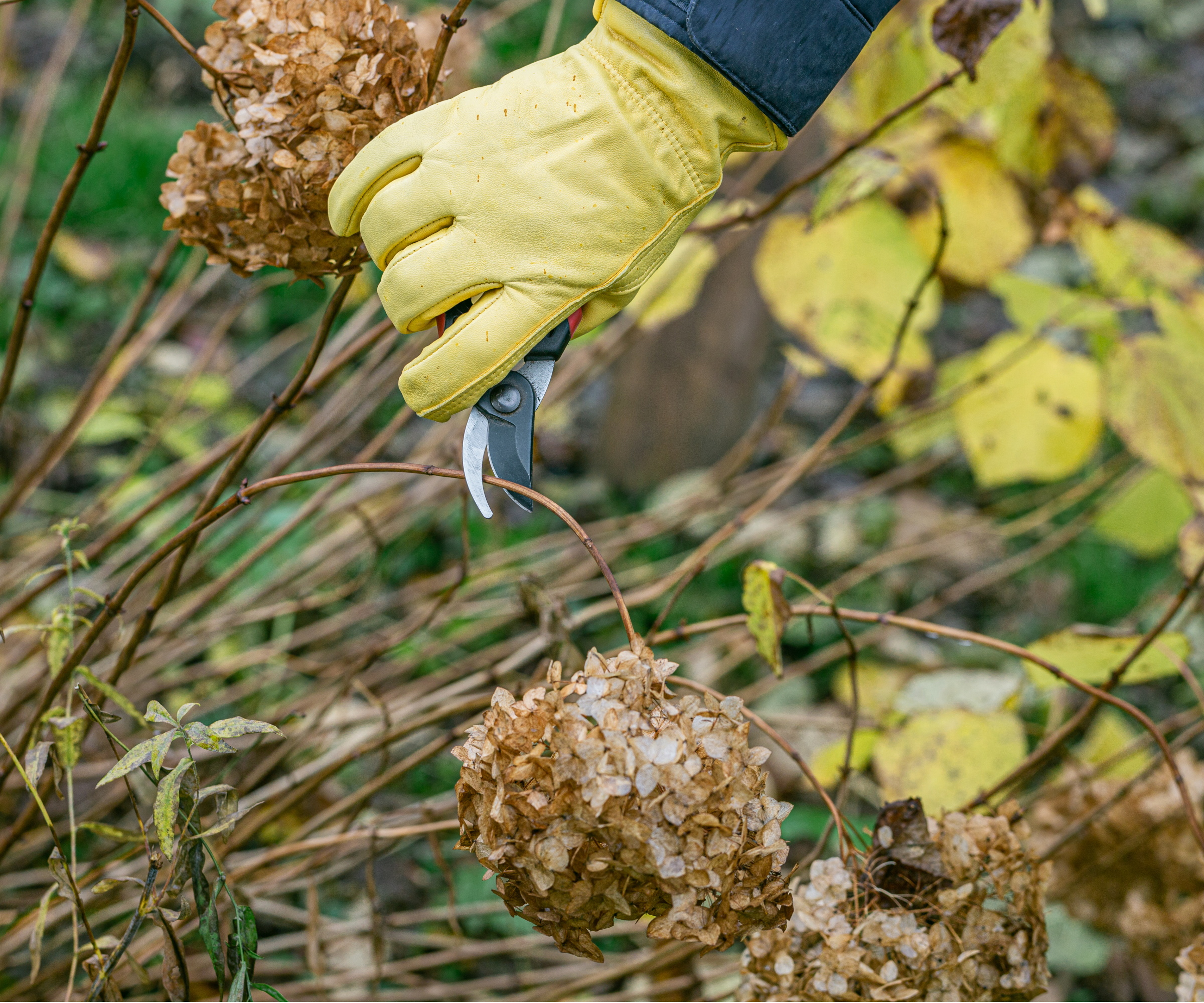
You can winterize hydrangeas by cutting them back to try to get rid of any dead branches – this is something that can be added to your list when planning a winter garden.
There are various methods for pruning hydrangeas, and whether you should cut back hydrangeas in the fall or leave them untouched until the following spring really depends on the type of hydrangeas you have and where you live.
'In US hardiness zone 7, I keep hydrangeas untouched through the winter and cut them back to the second or third bud from the end of each stem,' says David Angelov, founder of Plant Parenthood garden design and education in Massachusetts.
'Take out all of the previous year's dead stems, up to 3-4 inches from the base. This ensures you're not cutting live wood in the fall.
'You should not cut hydrangeas back all the way every year, arbitrarily, or you won't have flowers on those hydrangeas that flower on old wood – the stems that came up the previous year,' he adds.
If you do choose to cut back hydrangeas before the winter, then aim to do this before the first frosts. Waiting too long could leave the open cuts from dead branches freezing and hindering the health of your plant.
Do so at the same time as you are cutting back other plants, such as the method you would adopt for overwintering geraniums, using essential pruning tools - like these pruning shears from Amazon.

David Angelov is a Master Gardener and founder & CEO of Plant Parenthood, a fast-growing garden design, maintenance, and education company, based in Massachusetts.
2. Add mulch to the base of your hydrangea
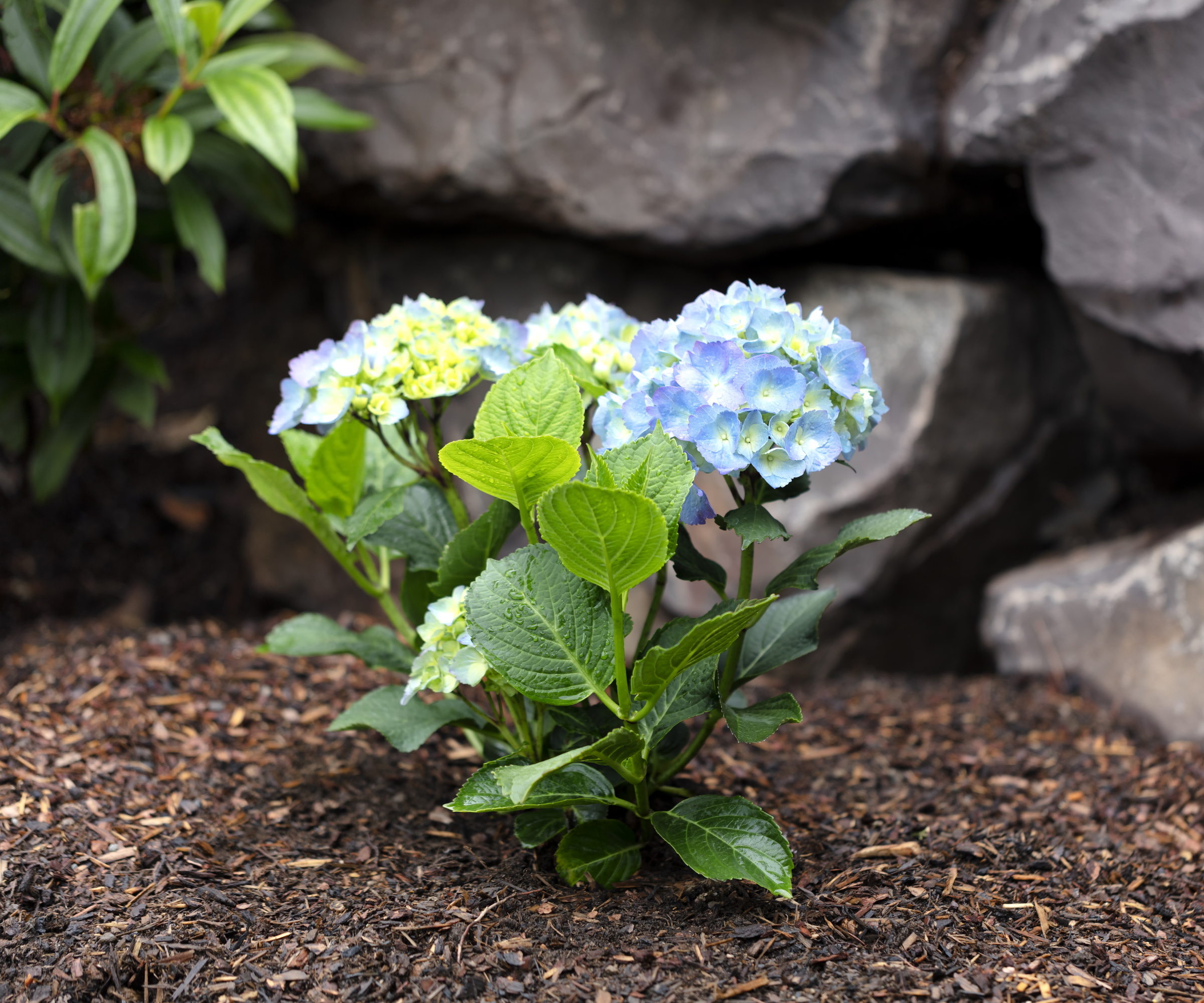
To prepare hydrangeas for winter in colder areas, add a thick layer of mulch around the base of the plants to protect the crown and roots from freezing temperatures.
You can also use things like this horticultural fleece from Amazon to provide insulation. It's even possible to protect plants from frost using bed sheets.
To do this:
- Create a frame around the hydrangea plant using branches or even this chicken wire from Walmart.
- Next add in some insulating materials into the enclosure, such as oak leaves, pine cones, straw or similar.
- Take care not to break the tips off any of the branches in the process, as this is where the flower buds have already formed.
- Secure the cover in place and leave it there until late frosts have passed in spring.
3. Move hydrangeas in pots
Hydrangeas can make one of the best winter plants for pots and borders because, if you leave the flower heads in place, they look ethereally beautiful right through to pruning in spring.
'Any types of hydrangeas growing in pots typically need a little extra protection in colder climates,' says Chris Link.
Try to move the pots into an area where they will be less exposed to freezing temperatures, such as a greenhouse or summerhouse, if possible.
Where the pots can not be moved under cover, one method is to 'place the pot in a bag and fill around the pot with leaves and other garden material, then gently tie the bag together at the top of the pot,' advises Jenny Rydebrink CEO of Gardenize.
'I place the pot in a sheltered part of the garden and then in spring, when the sun and warmth return, I unpack the pot and start to give the plant water and fertilizer again,' she adds.
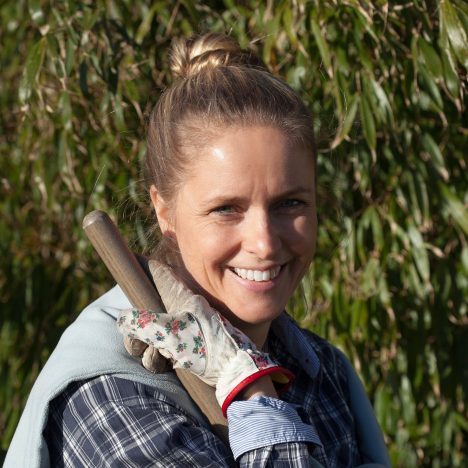
Jenny is the CEO and founder of Gardenize. She is a passionate gardener and advises on a range of gardening matters.
Shop winterizing essentials
FAQs
Should you deadhead hydrangeas?
Yes, it's important to deadhead hydrangeas after flowering to keep them looking neat and to encourage the plant to focus on root and foliage development. This is essential for the shrub to put on a display of showy blooms again next summer.
Don't forget to mark winterizing hydrangeas as a priority on your winter gardening checklist. Not only will it maintain the health of your shrub during the coldest months, it will encourage new growth when the temperatures start to warm up. This is also the time to take hardwood cuttings from these plants and propagate hydrangeas to grow more spectacular blooms for summer.
Rachel is senior content editor, and writes gardening content for homesandgardens.com, Homes & Gardens magazine, and its sister titles Period Living Magazine and Country Homes & Interiors. She has written for lifestyle magazines for many years, with a particular focus on gardening, historic houses and arts and crafts, but started out her journalism career in BBC radio, where she enjoyed reporting on and writing programme scripts for all manner of stories. Rachel then moved into regional lifestyle magazines, where the topics she wrote about, and people she interviewed, were as varied and eclectic as they were on radio. Always harboring a passion for homes and gardens, she jumped at the opportunity to work on The English Home and The English Garden magazines for a number of years, before joining the Period Living team.
- Tenielle JordisonGardens Content Editor
